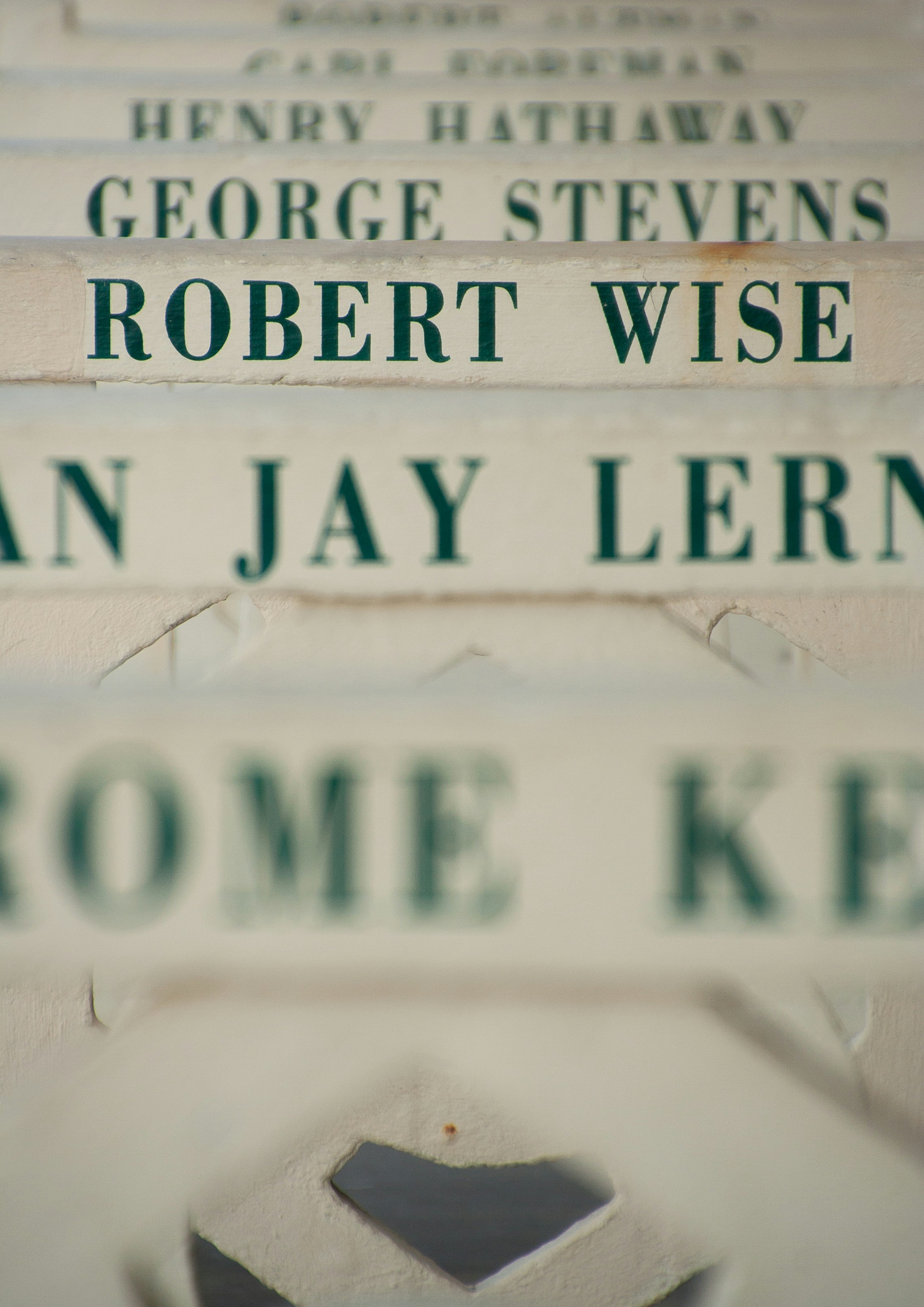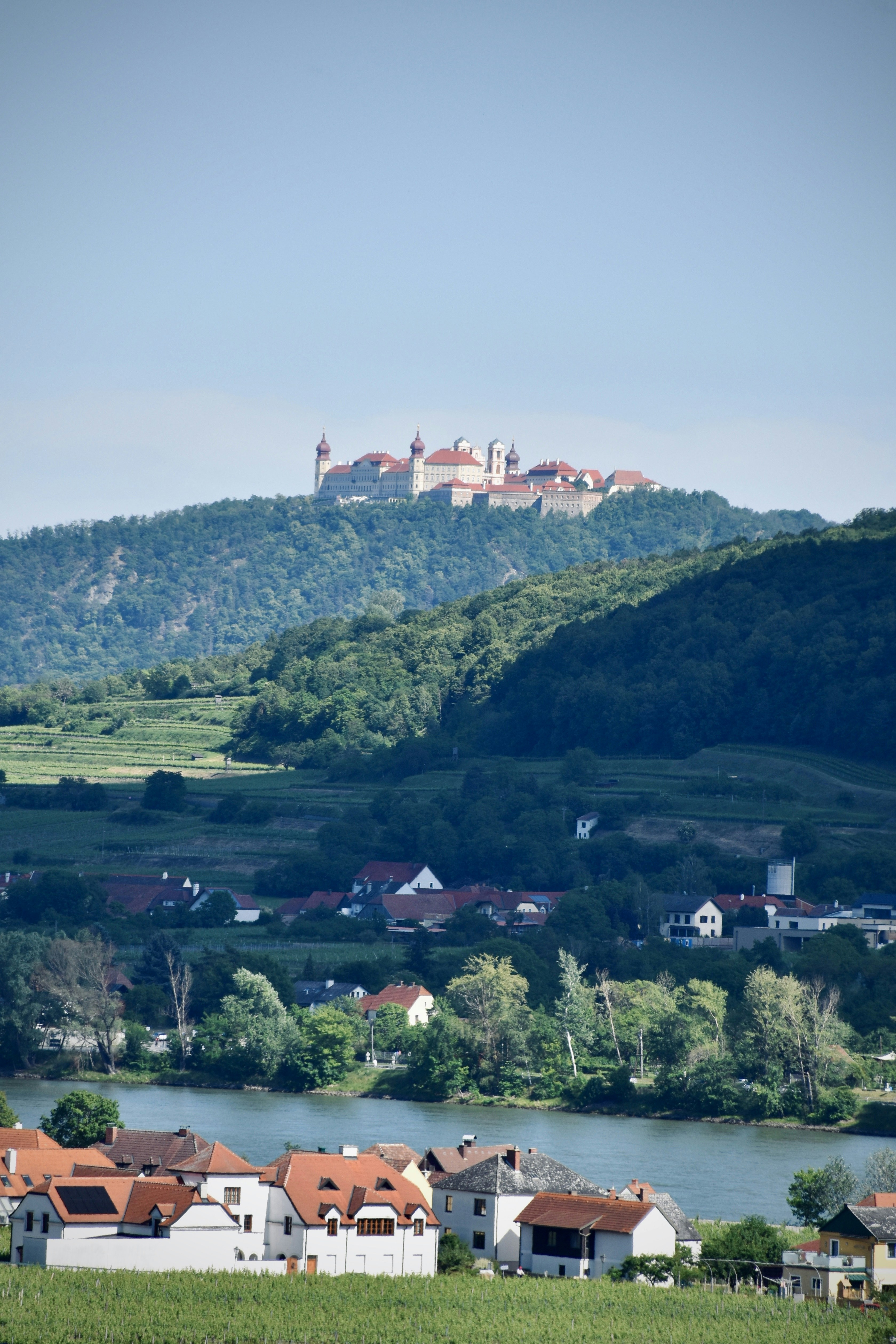Top 100 Best Gladiator Names
by Roman
Posted on 31-01-2021 03:57 PM

Reference
updated october 1, 2019 10. 9k views48 items
list of gladiator characters, along with their pictures from the film when available. These characters from the movie gladiator are displayed from top to bottom according to their prevalence in the film, so you can find the lead characters at the top of the list. From main characters to cameos and minor roles, these characters are the reason why the movie is loved by film buffs around the world.

List of Roman gladiator types
The ancient romans were known for many things – their engineering marvels, road networks, and the establishment of roman law. They were, however, also renowned for their war-like nature. After all, this allowed the romans to build an empire in the first place.

Here's a list of the famous gladiator names from history and pop culture. 1. Carpophorus (m) (greek origin) meaning "fruit bearer". Carpophorus is not a roman gladiator in the true sense, but a bestarii. He specialized as a fighter was pitted against animals, but this makes his feat no less legendary and deserving to be on this list.
Spartacus (109 bc – 71 bc) is considered to be the greatest gladiator in roman history. He was a thracian prisoner of war, who served in the roman army, and eventually became a thief. He was then caught and sold to lanista lentulus batiatus, a trainer of a gladiatorial school. After training to be a gladiator, spartacus started a massive rebellion against the roman empire, after escaping with several other slave fighters, and creating an army with over 70,000 men. He is the only person in this list to have never actually fought in the arena.
The gladiator is most likely the first image one calls to mind when thinking about entertainment in ancient rome. As most would already know, gladiators fought either each other or wild animals, in amphitheatres, such as the colosseum in rome, across the roman world. There are various types of gladiators, each distinguished by the weapons and armor that were used. Thus, there were also a variety of gladiator helmets, which will be explored in this article.
Main article: list of roman gladiator types the earliest types of gladiator were named after rome's enemies of that time: the samnite , thracian and gaul. The samnite, heavily armed, elegantly helmed and probably the most popular type,[ citation needed ] was renamed secutor and the gaul renamed murmillo , once these former enemies had been conquered then absorbed into rome's empire. In the mid-republican munus, each type seems to have fought against a similar or identical type. In the later republic and early empire, various "fantasy" types were introduced, and were set against dissimilar but complementary types. For example, the bareheaded, nimble retiarius ("net-man"), armoured only at the left arm and shoulder, pitted his net, trident and dagger against the more heavily armoured, helmeted secutor. Most depictions of gladiators show the most common and popular types. Passing literary references to others has allowed their tentative reconstruction. Other novelties introduced around this time included gladiators who fought from chariots or carts , or from horseback.
There were over two dozen different types of gladiators , distinguished from each other by the weapons they used, the armor they wore, the fighting styles they employed, and the events at which they fought. Below you will find a list of the most recognizable ones: murmillo, heavily armored gladiators that used a large, oblong shield and a sword called a gladius. Their most distinctive trait was the full-cover helmet decorated with a fish-shaped crest.
10 Famous Gladiators From Ancient Rome
There is much debate as to where gladiators came from. Some historians say they came from the etruscans, while others say they came from the campanians.

There were many different types of gladiators in ancient rome. Some of the first gladiators had been prisoners-of-war , and so some of the earliest types of gladiators were experienced fighters; gauls , samnites , and thraeces ( thracians ) used their native weapons and armor. Different gladiator types specialized in specific weapons and fighting techniques. Combatants were usually pitted against opponents with different, but more or less equivalent equipment, for the sake of a fair and balanced contest. Most gladiators only fought others from within the same school or ludus, but sometimes specific gladiators could be requested to fight one from another ludus.
Tetraites was a popular gladiator in ancient rome, famous for his murmillones-styled fights which involved entering the arena bare chested wielding a sword and shield and wearing a helmet. Though details of many of his fights remain largely undocumented, he is well known for his victory over prudes. The two of them had made quite a name for themselves already – both their names are depicted on glass vessels found in present-day france, england, and hungary. The carvings portray the victory of tetraites over prudes , and most probably the moment when his fame reached new heights.
Roman pantheon isn’t just rich in the case of ancient groups of deities. Ancient roman famous gladiators were just big of a deal as the divine beings they worshipped. The word gladiator meant ‘swordsman’ in latin which was based on the morpheme gladius, meaning ‘sword’. That being said, by definition, a gladiator battle was typically and expectedly bloody. In ancient rome, gladiators were armed combatants who fought in large arenas to entertain the audience. Some participated willingly as a means to achieve wealth or fame, but most were usually criminals, captured enemies or slaves forced into combat. In a nutshell, they were athletic superstars in ancient rome. A skilled and successful gladiator could enjoy lavish gifts, gained thousands of following and even be awarded freedom if they could impress the emperor and tail up enough victories.
To be a famous gladiator could mean money, freedom, popularity and more. Many successful gladiators names were known throughout the roman empire and much further, such was the power of being a successful warrior. To win in the colosseum could raise your profile to that of a ancient superstar, revered and held in high esteem by men and women alike.
Featured famous dog with a gladiator inspired name ferox while he may not be a dog himself, the poet, writer, and agriculturist lucius junius moderatus columella was one of the most influential romans when it came to dogs, let alone the greater agricultural climate of ancient rome. While there was little known about his personal life, columella’s professional life is well documented in a mass of text, written primarily by the man himself. Although he did write a fair amount outside of educational texts, his most famous work is de re rustica (translated to on agriculture), a comprehensive twelve volume account of roman agriculture, which in part details his thoughts and knowledge on the beasts of the era, from farm animals to some of the most useful work and companion animals ever known to humankind: dogs.
By james varon ancient roman gladiators were warriors who fought in armed combat, usually in large arenas to entertain the masses in ancient rome. While a few participated voluntarily as a means to achieve fame or wealth, most gladiators were slaves, captured enemies, or criminals forced into combat. The word gladiator was latin for “swordsman,†based on the root word gladius (sword). Therefore, by definition, a gladiator battle was expected to be bloody.
Top 7 Famous Gladiators of Ancient Rome
Posted by glrome on march 22, 2017 rome’s colosseum has long been the symbol of the eternal city, however the stories about what took place inside the colosseum are just as famous as the sight of this ancient structure. The colosseum played host to a notorious form of entertainment in ancient times – the gladiatorial battle – where gladiators would fight for their freedom and their lives, in front of a packed crowd inside the colosseum. So, who were these roman gladiators?.
(in ancient rome) a man trained to fight with weapons against other men or wild animals in an arena. ‘the most famous is probably the colosseum where thousands of roman citizens would gather for their entertainment - be it animals fighting or gladiators etc. ’more example sentences ‘now the games that involved, and we can basically say that they were blood sports, they might involve pitting of slaves or prisoners of war, against wild animals or gladiators. ’.
From longman dictionary of contemporary englishrelated topics: history gladiatorglad‧i‧a‧tor /ˈɡlædieɪtÉ™ $ -É™r/ noun [countable] shapa soldier who fought against other men or wild animals as an entertainment in ancient rome —gladiatorial /ˌɡlædiəˈtÉ”ËriÉ™lâ—‚/ adjective gladiatorial combatexamples from the corpusgladiator• a gladiator named justice holding the distinctive salinas head in one hand, a bloodied sword in the other. • beside him carol watched the modern-day gladiators as they came at each other. • doug winds this invisible gladiator in by bitter degrees , inches rather than feet at a time. • you were both circling like gladiators. • helmeted , armed with long, spear-like boards, the surfers looked like gladiators going out to engage in mortal combat. • few studies are such ambitious efforts to explain the entire set of gladiators in a political society. • comparative data in chapter 3 suggested that in most countries few adults are political gladiators. • it might be argued that political gladiators are no different than other people but that certain chance events propel them into activism. Origin (1500-1600) latin gladius “swordâ€.
Top 7 Famous Gladiator Names
Just absorb that haircut up there. Let it truly sink in. Two luscious, silky curtains, flowing lightly in the breeze, you part them, and what is behind? ace’s gleaming, glistening, gladiatorial forehead, resting atop the most enthusiastic grin the arena has ever seen. I always have time for curtains, and i’ll be honest with you once more, i think ace’s placing on this list is entirely down to his hair. If you’re going to be on telly in the ‘90s, then you had damn well fucking act like it. Ask beckham, or ben from a1 – they were famous in the ‘90s and they plastered it all over their foreheads. Lots of respect for that, in my book.
Out of all famous gladiators, spartacus may be one of the most recognizable names. He was a thracian soldier, and he was caught and put to slavery by lentulus batiatus of capua. The plan his “owner†had was to make one heck of a gladiator from spartacus, but what he didn’t think about was the fact that spartacus isn’t going to give up his freedom without any fight. It was year 73. B. C. And many gladiators were extremely unsatisfied.
Top 10 Famous Ancient Roman Gladiators
(+) (1) the romans had the biggest and the grandest gladiator fights in the colosseums where one always beat the best. (2) it was very flattering, except for one thing: if i am to fight like a gladiator , they can't run a picture of me with my glasses. (3) spartacus is the tale of a slave who was trained as a gladiator and led a bloody revolt against his roman masters more than 2,000 years ago. (4) we suppose there were alternatives, like going to the gladiator fights together, or conversing. (5) as vital as the bread and the oil for keeping the people happy, were the numerous and frequent circuses scattered all over the city, where gladiators fought wild beasts and each other. (6) another chance to see the spectacular gladiatorial combat re-enactment by the gladiators of britannia. (7) although their final outcomes may have been brutal, ancient roman gladiators fought like gentlemen, according to new research. (8) he took part in gladiatorial contests and also fought wild beasts in the amphitheater. (9) leaving the theater, we see around the colosseum street artists disguised as gladiators and centurions to entertain tourists(10) yesterday, however, the players once again fought like gladiators and deserved at least a point. (11) it promises to throw new light on the way gladiators fought and trained. (12) although gladiators were clearly roman, the values presented in gladiatorial single combat were central to greek culture as well as to roman. (13) surrounded by a horseshoe of dazzling white marble terraces it has the appearance of a gladiatorial arena rather than an athletics stadium. (14) the most famous is probably the colosseum where thousands of roman citizens would gather for their entertainment - be it animals fighting or gladiators etc. (15) the gladiators enter the arena, snarling and cursing each other. (16) nero's participation in chariot racing, gladiatorial combats, and drama is the subject of the third chapter.
Most Famous Gladiators in Ancient Rome
Gladiator, professional combatant in ancient rome. The gladiators originally performed at etruscan funerals, no doubt with intent to give the dead man armed attendants in the next world; hence the fights were usually to the death. At shows in rome these exhibitions became wildly popular and increased in size from three pairs at the first known exhibition in 264 bce (at the funeral of a brutus) to 300 pairs in the time of julius caesar (died 44 bce). Hence the shows extended from one day to as many as a hundred, under the emperor titus , and the emperor trajan in his triumph (107 ce) had 5,000 pairs of gladiators. Shows were also given in other towns of the roman empire , as can be seen from the traces of amphitheatres.
The gladiator shows in ancient rome would feature a mix of different gladiator warriors, each with their own unique style and weapon choices. While there were a mix of various types of gladiators including animal trainers like the bestiarii who typically fought and performed tricks with animals, in this section we will focus typically on the foot fighters, the gladiators who typically faced another gladiator.
Gladiators (from latin gladiatores) were both professional and amateur fighters in ancient rome who fought for the entertainment of its "civilized" spectators. These matches took place in arenas throughout the roman empire and for the bulk of its history. Man vs. Man and man against animal engagements, in combat that was at times to the death, was the ancient world sport that rivaled all of modern society spectacles rolled into one.
(ˈglÓ•dieitÉ™) noun in ancient rome, a man trained to fight with other men or with animals for the amusement of spectators. Swaardvegter, gladiator Ù…ÙجالÙد، Ù…ÙصارÙع гладиатор gladiador gladiátor der gladiator gladiator μονομάχος gladiador gladiaator گلادیاتور gladiaattori gladiateur גלדי×טור पà¥à¤°à¤¾à¤šà¥€à¤¨ रोम में जानवरों या आदमियों से लड़ कर दूसरों का मनोरंजन करने वाला gladijator gladiátor gladiator skylmingaþræll gladiatore 剣闘士 검투사 gladiatorius gladiators gladiator gladiator cycles gladiator mug the gladiator gift gladiator movie themed gifts gladiator ګلادياتور، غښتلى، پياوړى، په پخوانى روم ÙƒÛ Ù‡ØºÙ‡ سړى Ú†Û Ø¯Ø®Ù„ÙƒÙˆ دسات تيرى دپاره به ÙŠÛ Ù¾Ù‡ دوره له Øيوان او يا بل انسان سره جنګ كاوه gladiador gladiator гладиатор gladiátor gladiator gladijator gladiator นัà¸à¸•à¹ˆà¸à¸ªà¸¹à¹‰à¸à¸±à¸šà¸„นหรืà¸à¸ªà¸±à¸•à¸§à¹Œà¹ƒà¸™à¸ªà¸¡à¸±à¸¢à¹‚รมัน gladyatör (å¤ç¾…馬)ç«¶æŠ€å ´é¬¥å£« гладіатор قدیم روما میں تیغ زنی کا مظاÛØ±Û Ú©Ø±Ù†Û’ والا سدھا ÛÙˆ تلواریا đấu sÄ© 斗士(å¤ç½—é©¬å…¬å¼€è¡¨æ¼”çš„æ ¼æ–—è€…ï¼‰.
In ancient rome, gladiators fought each other in front of an audience. Though these fights were called "games," they often ended in the death of one of the gladiators. Although they were celebrated in art and applauded for their strength and fighting skill, it wasn't easy to be an ancient roman gladiator. They were essentially slaves who were forced to fight, sometimes being matched against wild animals or criminals. While the gladiator games may seem horrible to us today, they lasted almost a thousand years. The word gladiator comes from the latin gladius, or "sword. ".
1. 4. 1 related terms 1. 4. 2 translations 4. 3. 3 derived terms 4. 3. 4 related terms 4. 3. 5 descendants 6 norwegian nynorsk 7 swedish gladiator (plural gladiators ) (in ancient rome) a person (professional or slave) who entertained the public by engaging in mortal combat with another, or with a wild animal. (by extension) a disputant in a public controversy or debate. (in ancient rome) a person (professional or slave) who entertained the public by engaging in mortal combat with another, or with a wild animal.
10 Best Roman Emperors
The decline of the munus was a far from straightforward process. As the crisis of the 3rd century imposed increasing military demands on the imperial purse, from which the roman empire never quite recovered, lesser magistrates found the obligatory munera an increasingly unrewarding tax on the doubtful privileges of office. Still, emperors continued to subsidize their performance as a matter of undiminished public interest. In the early 3rd century, the christian writer tertullian had acknowledged their power over the christian flock, and was compelled to be blunt: the combats were murder, their witnessing spiritually and morally harmful and the gladiator an instrument of pagan human sacrifice. In the next century, augustine deplored the youthful fascination of his friend (and later fellow-convert and bishop) alypius, with the munera spectacle as inimical to a christian life and salvation. Amphitheatres continued to host the spectacular administration of imperial justice: in 315 constantine i condemned child-snatchers ad bestias in the arena. Ten years later, he banned the gladiator munera:.
Several roman emperors participated in staged gladiatorial bouts. Several rulers, including titus, caligua and hadrian, fought in the arena although under high controlled conditions. These rulers wanted to be popular with the crowd so they would kill animals and compete against inexperienced fighters, as to gain the praise of the general public.
Most Famous and Legendary Ancient Roman Gladiators
The ancient roman gladiators were some lean, mean killing machines. Fighting was their way of life, the very essence of their being. This gave them an unwavering strength and a tremendous drive and determination. Their courage was legendary. If a gladiator wanted to be the champion, he could not let his focus waver. A single mistake, a slip up, a short lapse in his attention or a bit weaker stamina could end it all for him. His very life depended on being in peak physical condition and the master of his weapons.
If you were a Roman gladiator, what name would you give yourself ?
Information about roman gladiators descends from latin writers suetonius, pliny and galen; portrayals of gladiators in ancient art; and archaeological evidence. Gladiators were normally slaves, prisoners of war, condemned criminals or the desperately poor who were willing to risk death for food. They were given food, medical treatment and training so they could put on a better show. The small minority of gladiators who survived a full year of gladiatorial contests gained better treatment and extra privileges.
Scholarly consensus on the existence of female gladiators is far from uniform but the evidence from roman sources weighs heavily on the side of accepting them as historical reality. The arguments against this claim largely hinge on interpreting ancient latin texts and what certain terms – such as ludia – may or may not have referred to. Even so, it is difficult to understand how one can dismiss the relief of amazon and achillia or the literary and legal works which clearly indicate women’s participation in the games as gladiators.
Gender:female location:bourne in sk interests:so so many to tell! ancient rome studies will always be on the top of my list. Being part of the musik industry (punk, metal, industrial), touring, playing drums, guitar, bass and synthalso recording and writing. Anything that gives me a good adrenylyn rush! i love x-treme sports! doing pyrotechnics and lighting is also a great love of mine. I have "wonderlust", i can never sit still in one place for too long!.
Photo credit: jose moreno carbonero while there were free men and freedmen who joined the ranks of the gladiators, most were usually those captured during the many wars of ancient rome and were slaves. Men who were bought to become gladiators were not immediately thrown into the arena. On the contrary, these men were sent to gladiator school and were given extensive physical training. The men had to learn to handle different weapons in order to survive the games. The schools also taught the men how to put on a show and gain favor with the audience. This gave the slaves as much chance of walking out of the arena as those who voluntarily entered into the games.
You’ve fought hard your whole life, so now is your chance to fulfill your dream of becoming the greatest lanista in the whole empire! build your city, train your gladiators and create your empire! gladiator heroes is a free strategic game currently available for ios players in australia, belgium, philippines and spain, and for android players only in spain. You are taken back in time to the gladiator games of ancient rome, where you are a lanista – a trainer of gladiators. You must build up your city, the centre for your gladiators and the source of your wealth. The more prosperous your city the better equipped and trained your gladiators will be. Gladiator heroes takes you through a map of hardy battles and epic arenas. As you progress through the map, your gladiators will rely on you for strategy to win battles. You will face the fiercest opposition on your journey to glory.
Gladiators were professional fighters in ancient rome. Their fierce battles—sometimes to the death—thrilled stadium crowds. Gladiators were usually slaves and criminals. They trained at special schools. They used many kinds of weapons. Some fought with swords, while others used knives or tridents (three-pointed spears). Some had to battle wild animals.
The most brutal sport that has ever existed in the history of the world was the fights of the gladiators in ancient rome. They had their roots in an old custom among the etruscan people of setting slaves to fight each other264 b. C. At first the fights were confined only to funeral ceremonies, but gradually they became the chief amusement of the roman people and were held in huge arenas.
Search
Categories
- 2020
- Valentine's Day
- Priest
- Sunday
- St Patrick's Day
- Fat Tuesday
- Easter Day
- College
- College Graduation
- Wedding
- Teacher's Day
- Historical
- Graduate
- Gladiator
- Election
- December
- Black Lives Matter
- Anniversary
- Anti Trump
- 4th of July
- Activist
- Bridal Shower
- Housewarming
- Happy Quarantined
- Happy Father's Day
- Graduation
- Happy Earth Day
- Baby Shower
- Horse Racing
- Halloween Couple
- Graduation College
- Friday
- Father's Day
- Buffy Slay Day
- Birthday Number
- Award
- Wednesday Wisdom
- Valentine
- Tuesday
- National Oreo Day
- Happy Mother's Day
- Friday Eve
- Christmas
- Chinese Lunar
- Halloween
- Easter
- 4th July
- Mother's Day
- Bridesmaid
- Birthday